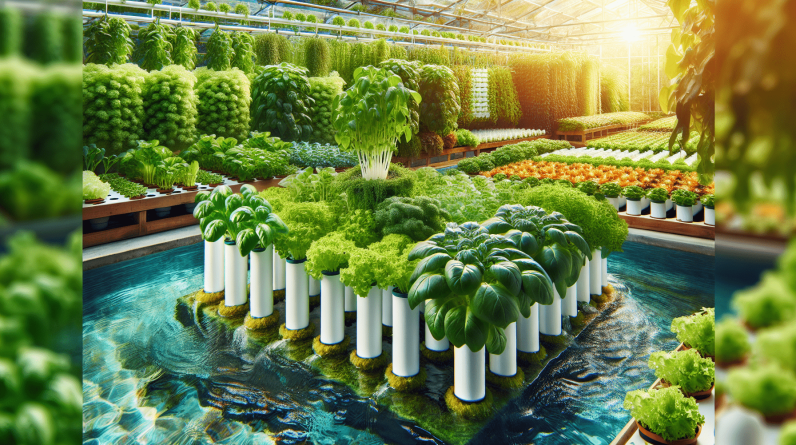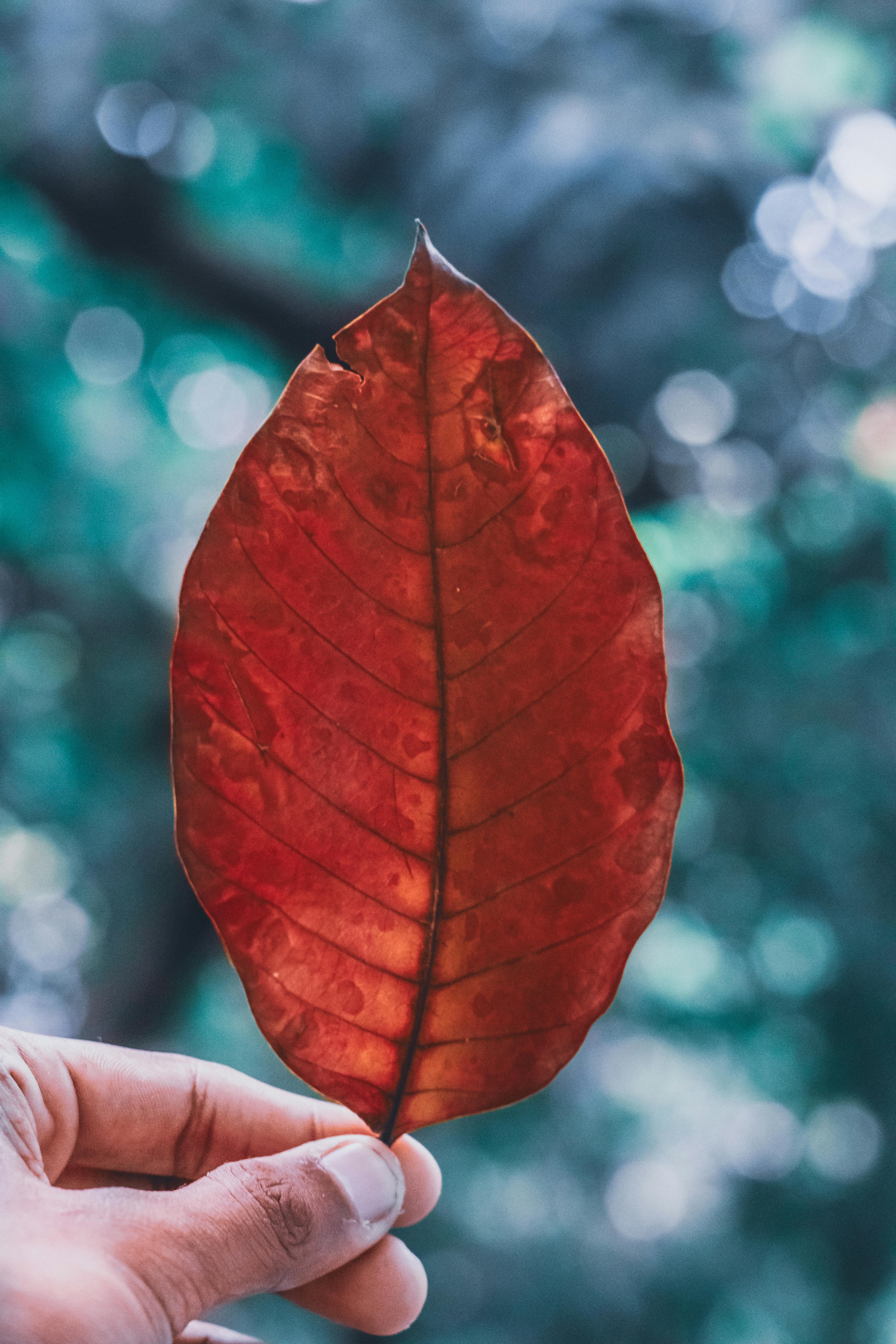
Are you ready to try Hydroponic Gardening?
If you’re looking for a modern and efficient way to grow plants, hydroponic gardening might just be the perfect solution for you. In this beginner’s guide, we’ll walk you through all the basics of hydroponic gardening so you can get started on your own indoor garden.
Understanding Hydroponic Gardening
Hydroponic gardening is a method of growing plants without soil, using a nutrient-rich water solution instead. This allows plants to receive all the nutrients they need directly through their roots, resulting in faster growth and higher yields.
Let us break it down for you – with hydroponic gardening, you can say goodbye to traditional soil gardening and hello to a more sustainable and efficient way of cultivating your favorite plants.
Key Benefits of Hydroponic Gardening
Hydroponic growing systems offer a wide range of benefits that make them an attractive option for both beginner and experienced gardeners. Some of the key benefits include:
- Faster plant growth and higher yields
- Water conservation (up to 90% less water usage compared to traditional gardening)
- Year-round cultivation regardless of weather conditions
- Reduced risk of soil-borne diseases and pests
- Healthier plants with fewer chemical inputs
When you choose hydroponic gardening, you are not only setting yourself up for success but also contributing to a more sustainable and efficient way of growing fresh produce.

Types of Hydroponic Systems
There are several different types of hydroponic systems available, each with its own unique features and benefits. Some of the most popular types include:
- Deep Water Culture (DWC)
- Nutrient Film Technique (NFT)
- Drip System
- Ebb and Flow (Flood and Drain)
- Aeroponics
Each system has its own advantages and disadvantages, so it’s essential to understand the differences before choosing the right one for your needs.
Setting up Your Hydroponic Garden
Now that you have a basic understanding of hydroponic gardening and the different systems available, it’s time to set up your own indoor garden. Here are the steps you need to follow to get started:
- Choose a Suitable Location: Select a well-lit area with easy access to water and electricity for your hydroponic garden.
- Select the Right System: Based on your space, budget, and plant preferences, choose the hydroponic system that best fits your needs.
- Acquire the Necessary Equipment: Purchase essential supplies such as grow lights, growing medium, pumps, and nutrient solutions.
- Set up Your System: Follow the instructions provided with your chosen hydroponic system to assemble and set it up correctly.
- Plant Your Crops: Once your system is ready, plant your seeds or seedlings into the growing medium and ensure they are receiving proper light and nutrients.
- Monitor and Maintain: Regularly check on your plants, adjust nutrient levels, and ensure everything is functioning correctly to promote healthy growth.
By following these steps, you’ll be well on your way to a successful hydroponic garden that will provide you with fresh, homegrown produce all year round.

Choosing Plants for Hydroponic Gardening
Not all plants thrive in a hydroponic system, so it’s essential to choose the right crops for your indoor garden. Some popular plants that grow well in hydroponic systems include:
- Lettuce
- Herbs (such as basil, mint, and cilantro)
- Tomatoes
- Bell Peppers
- Cucumbers
These plants are known for their adaptability to hydroponic growing conditions and are a great starting point for beginners looking to experiment with different crops.
Maintaining Your Hydroponic System
Proper maintenance of your hydroponic system is crucial to ensure the health and growth of your plants. Here are some essential tips to keep your system running smoothly:
- Monitor Nutrient Levels: Regularly check and adjust the nutrient solution to ensure your plants are receiving the nutrients they need.
- Check pH Levels: Maintain the pH level of your water within the optimal range (typically between 5.5 to 6.5) to prevent nutrient deficiencies.
- Inspect for Pests and Diseases: Keep an eye out for any signs of pests or diseases and take immediate action to prevent infestations.
- Prune and Trim: Regularly prune your plants to encourage healthy growth and prevent overcrowding in your hydroponic garden.
- Clean and Sanitize: Regularly clean and sanitize your system to prevent algae growth and bacterial contamination.
By following these maintenance tips, you’ll be able to enjoy a thriving hydroponic garden that provides you with fresh and nutritious produce year-round.

Troubleshooting Common Issues
Like any gardening method, hydroponic systems may encounter some common issues that can affect plant growth and health. Here are a few common problems you may encounter and how to address them:
- Nutrient Deficiencies: If your plants are showing signs of nutrient deficiencies (such as yellowing leaves), adjust the nutrient solution accordingly to provide the missing nutrients.
- Algae Growth: Algae growth can be a common issue in hydroponic systems, especially in areas with excessive light exposure. Keep your system clean and shaded to prevent algae buildup.
- Root Rot: Overwatering or poor oxygen circulation can lead to root rot in hydroponic plants. Ensure proper drainage and aeration to prevent this issue.
- Temperature Fluctuations: Sudden changes in temperature can stress your plants and affect their growth. Maintain a stable temperature within your hydroponic garden to promote healthy plant development.
By addressing these common issues promptly and effectively, you’ll be able to maintain a thriving hydroponic garden that produces lush, healthy plants.
Conclusion: Your Hydroponic Journey Begins Here
Congratulations on taking the first step towards starting your hydroponic garden! With the knowledge and tips provided in this beginner’s guide, you’re well-equipped to embark on a rewarding gardening journey that will not only provide you with fresh produce but also contribute to a more sustainable and efficient way of growing plants.
Remember, hydroponic gardening is all about experimentation and learning, so don’t be afraid to try new plants, systems, and techniques to find what works best for you. Happy growing!










